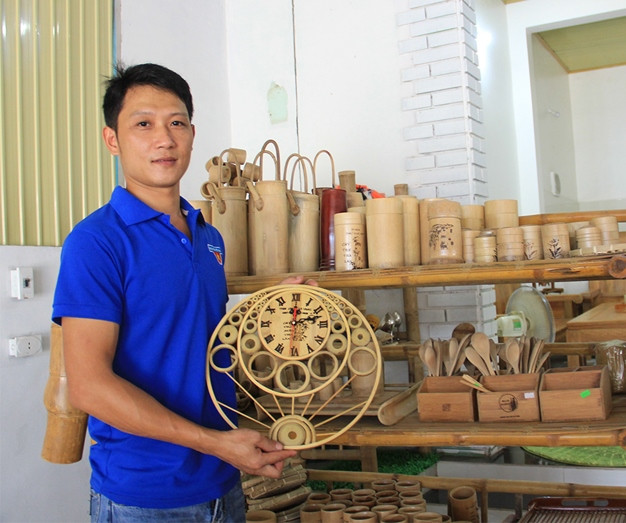 |
| Thái Đăng Tiến converts bamboo trees into many household products and artworks. Photo baonghean.vn |
It was only after living for years away from home that Thái Đăng Tiến began to recognise the true beauty of the bamboo that grew so abundantly in his hometown of Châu Khê Commune.
He eventually decided to return and establish his own bamboo products business in the village of Khe Choăng in Nghệ An Province's Con Cuông District.
“I grew up with the many bamboo trees around me. My parents and neighbours mainly sold the trees as a construction material. They worked very hard but did not earn enough for decent daily life," Tiến said.
The youngster often dreamed of the day he could do something better with bamboo. However, the idea soon flashed away, and he left for working abroad after graduating from a vocational school.
After working for two years in Taiwan, Tiến was inspired by the local lifestyle as they preferred green living and eco-friendly facilities. His old bamboo dream soon arose again.
"I saw them making beautiful products from waste. They converted things that most people would have thrown away and turned them into artistic items, which were sold at high prices," he said.
"I knew that bamboo was abundant in my hometown. So, it would be great if I could make bamboo into household utensils and fine art items. It would both increase the value of the trees and create jobs for local residents."
Returning home, Tiến borrowed cash and opened a workshop at home, buying machines, and hiring workers to start up.
"Things were not easy or simple as I imagined. To make the thorny bamboo roots into useful products, workers needed to have a good imagination, as well basic knowledge of fine arts. They also learnt about scientific and technical applications, how to use the machines and equipment along with difficult techniques such as polishing and spraying paint," he said.
“It is important to select and handle the raw materials because bamboo is easy to be infested with termites, plus it can warp and crack over time. Bamboo must be boiled in salted water for 48 hours to kill bacteria and fight termites. After cleaning, it must be dried. The next steps are shaping and cleaning the bamboo before drying them again to make sure 5 per cent of humidity of the products."
From the workshop in 2020, Tiến established the Trà Lân Bamboo Company, which provided different types of products made of all parts of a bamboo tree, except the leaves.
"Items from bamboo tubes are not complicated, as they are already shaped. We just need a little meticulousness and ingenuity to decorate a product. Therefore, the price of a product is also quite affordable, from VNĐ20,000-150,000," said worker Nguyễn Văn Hùng.
"But items made of bamboo root require more creativity and effort. This is also the most valuable part of the bamboo after processing, leading to a much higher price, from VNĐ500,000-1.5 million, depending on the sophistication."
The main products are teapots, cups and flower vases. Customers can also find chopsticks, spoons, plates, trays, toothpick boxes, pen holders and more.
"The bamboo roots are really hard and rough. We have to watch them carefully and imagine how to craft them to make sure we get the best use and shape for the products. We also have to be careful when cutting because just one mistake and we can waste the whole root," Hùng said.
"Other small parts such as the lid, handle and spout of the teapot sets are also made from the branches and small roots. Of course, we also have to carefully select them to ensure artistic harmony, usability as well as durability."
The Trà Lân Bamboo Company is now home to almost 20 full-time workers, many of them people with disabilities. Meanwhile Tiến supports local residents to grow, take care of and harvest the bamboo while ensuring the safety of the environment.
After three years of working, the company has bought an average of 10 tonnes of materials per month, often at above market prices.
Their products have been presented in many cities and provinces such as Hà Nội, Huế and HCM City, and introduced in hotels, resorts, tourism hubs, exhibitions, and trade fairs.
Tiến said he and his workers must keep working to make new products to meet demand and catch modern trends in decoration.
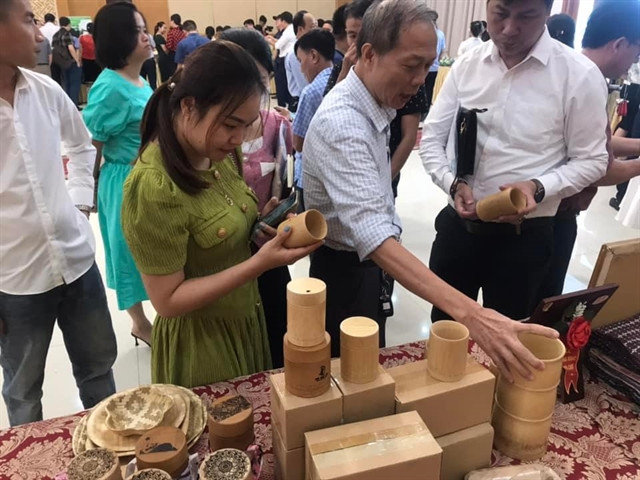 |
| Products of Trà Lân Bamboo have been introduced in many exhibitions and trade fairs and received positive feedbacks. — Photo courtesy of Thái Đăng Tiến |
“It is a potential market for bamboo products, which have received good feedback from buyers. Many of them choose bamboo items to use and decorate their homes because of their beauty, and environmental friendliness, safety for health, and competitive price. It is a strong motivation for me,” Tiến said.
He said that in addition to mass production, Trà Lân Bamboo also received custom orders and it was seeking market abroad.
"We know that we have to update information regularly, and improve ourselves all the time. It's better to foresee customer tastes," he said.
"We also have plans to link with other enterprises who specialise in exporting handicrafts to introduce our products after European customers have given us positive feedback about our products. We are heading to other difficult markets such as South Korea and Japan, where they tend to use environmental-friendly products."
The businessman is now looking into making beautiful garden pergolas made from bamboo.
"Countries with high-tech agriculture are genuinely interested in environmental protection. They prefer bamboo pergolas for climbing plants, fruits and vegetables. This is a market that I want to exploit more in the future because of the great demand, and uncomplicated preliminary processing," Tiến said.
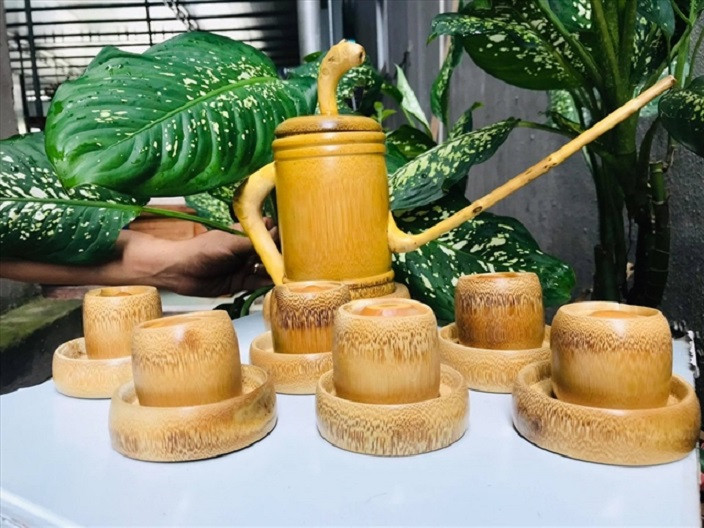
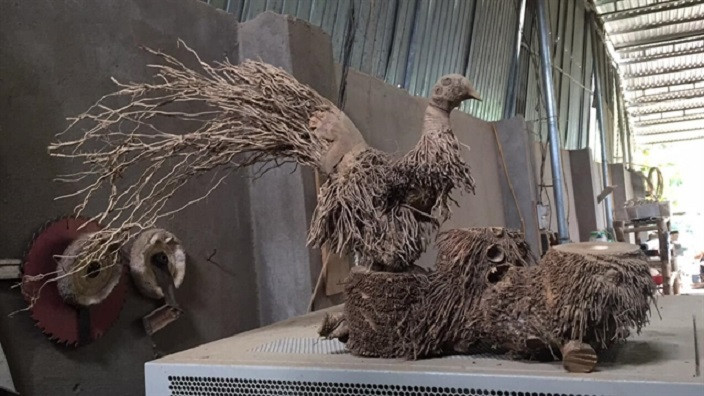
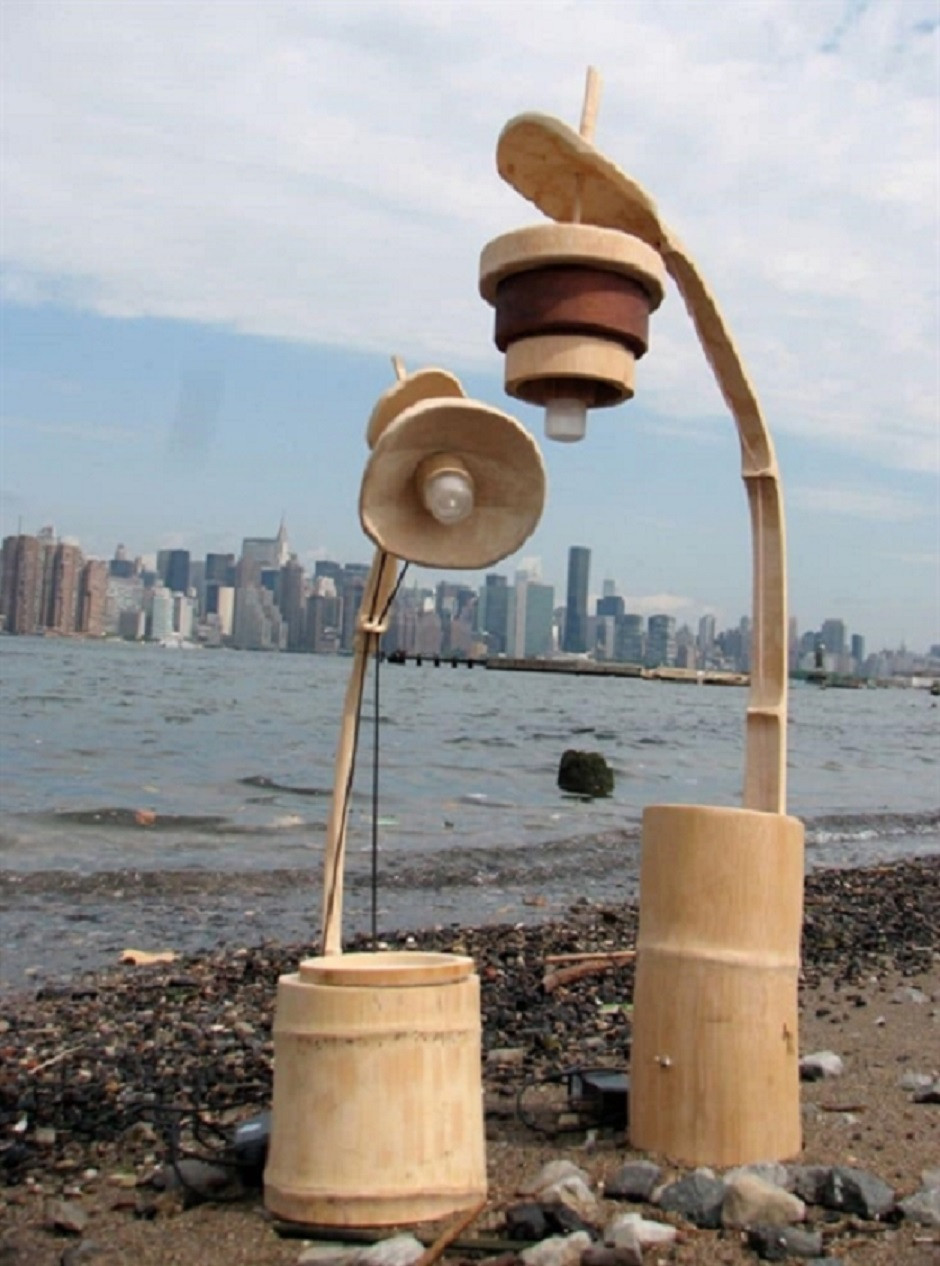
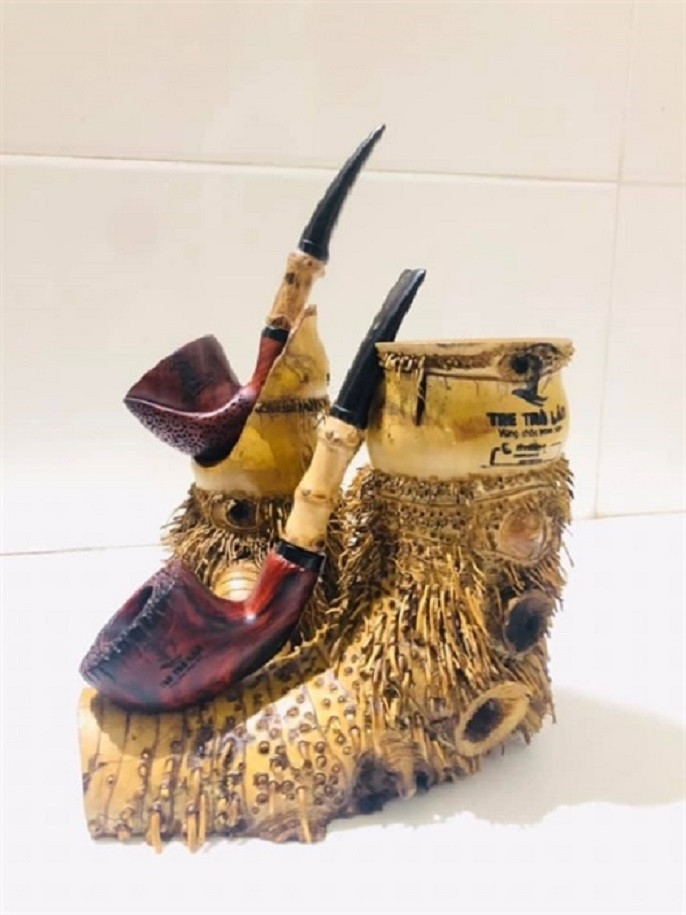
Source: VNS